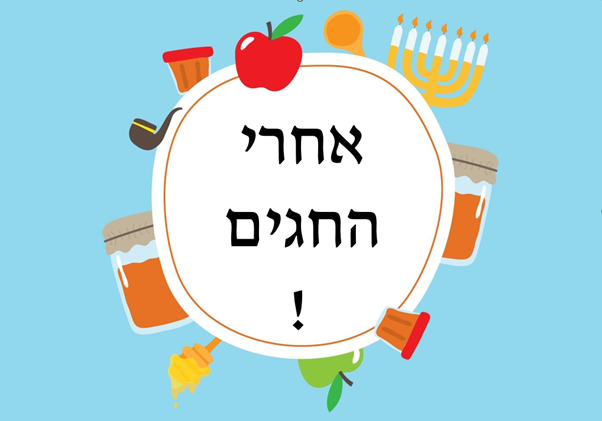Unveiling the Limitations of Back Translation: Beyond Translation Quality to Ensuring Safety
BONUS 4 tips for ensuring safety in translation
Translation plays a vital role in bridging the communication gap across languages, facilitating global interaction and understanding. As the demand for translation services grows, so does the need for accurate and high-quality translations. However, relying solely on back translation as a measure of translation quality may not always provide a comprehensive evaluation. While back translation has its benefits, it falls short in certain areas, particularly when it comes to ensuring safety in translation. In this blog, we will explore the limitations of back translation and shed light on its role in ensuring safety in the translation process.
Understanding Back Translation
Back translation is a widely used technique in the translation industry. It involves translating a text from one language into another and then translating it back to the original language by a different translator. The purpose of back translation is to assess the accuracy and fidelity of the original translation by comparing it with the back-translated version. However, this approach has its limitations.
Limitations of Back Translation in Evaluating Translation Quality
There are several limitations to using back translation to evaluate translation quality. These include:
- Loss of context: Back translation overlooks the crucial aspect of context. A translated text is not just a word-to-word substitution; it carries cultural nuances, idiomatic expressions, and situational factors that influence its meaning. Back translation fails to capture these subtleties, leading to potential inaccuracies in the assessment of translation quality.
- Linguistic complexity: Languages differ greatly in terms of syntax, grammar, and vocabulary. Back translation may encounter challenges when the original translation utilizes complex linguistic structures or relies on cultural-specific terms that have no direct equivalents in the target language. This can result in an inaccurate evaluation of translation quality.
- Subjectivity and bias: Translations are not purely objective; they involve interpretation and subjectivity. Back translation relies on the second translator’s interpretation, which may introduce their own biases or misinterpretations. Thus, using back translation as the sole indicator of translation quality may not provide an unbiased assessment.
Filling the Gap: Ensuring Safety in Translation
While back translation may have limitations in evaluating translation quality, it does serve an important role in ensuring safety in the translation process. Back translation can be used to identify potential errors, inaccuracies, or cultural misunderstandings that could compromise the safety of the translated content, especially in fields such as medical, legal, or technical translations. By comparing the back-translated version with the original translation, translators can detect and rectify any critical issues that may have been overlooked.
Comprehensive Approaches to Translation Quality Assurance
To ensure both translation quality and safety, it is essential to adopt a comprehensive approach to translation quality assurance. This includes considering multiple factors such as subject-matter expertise, cultural competency, and rigorous quality control processes. While back translation can be a part of this process, it should not be the sole determinant of translation quality.
While back translation is a commonly used technique to evaluate translation quality, it has inherent limitations when it comes to capturing the full context and nuances of a translation. However, it does play a crucial role in ensuring safety in the translation process by identifying potential errors or misunderstandings. To achieve comprehensive translation quality assurance, it is essential to complement back translation with other techniques and considerations, including subject-matter expertise and cultural competency. By recognizing the limitations of back translation and embracing a multifaceted approach, we can strive for accurate, culturally sensitive, and safe translations.
4 tips for ensuring safety in translation:
- Use a professional translation service that has experience in the specific field of your translation.
- Provide the translator with as much context as possible about the content being translated.
- Review the translated content carefully and ask questions if anything is unclear.
- Get feedback from a native speaker of the target language.
By following these tips, you can help to ensure that your translations are accurate, safe, and effective.





